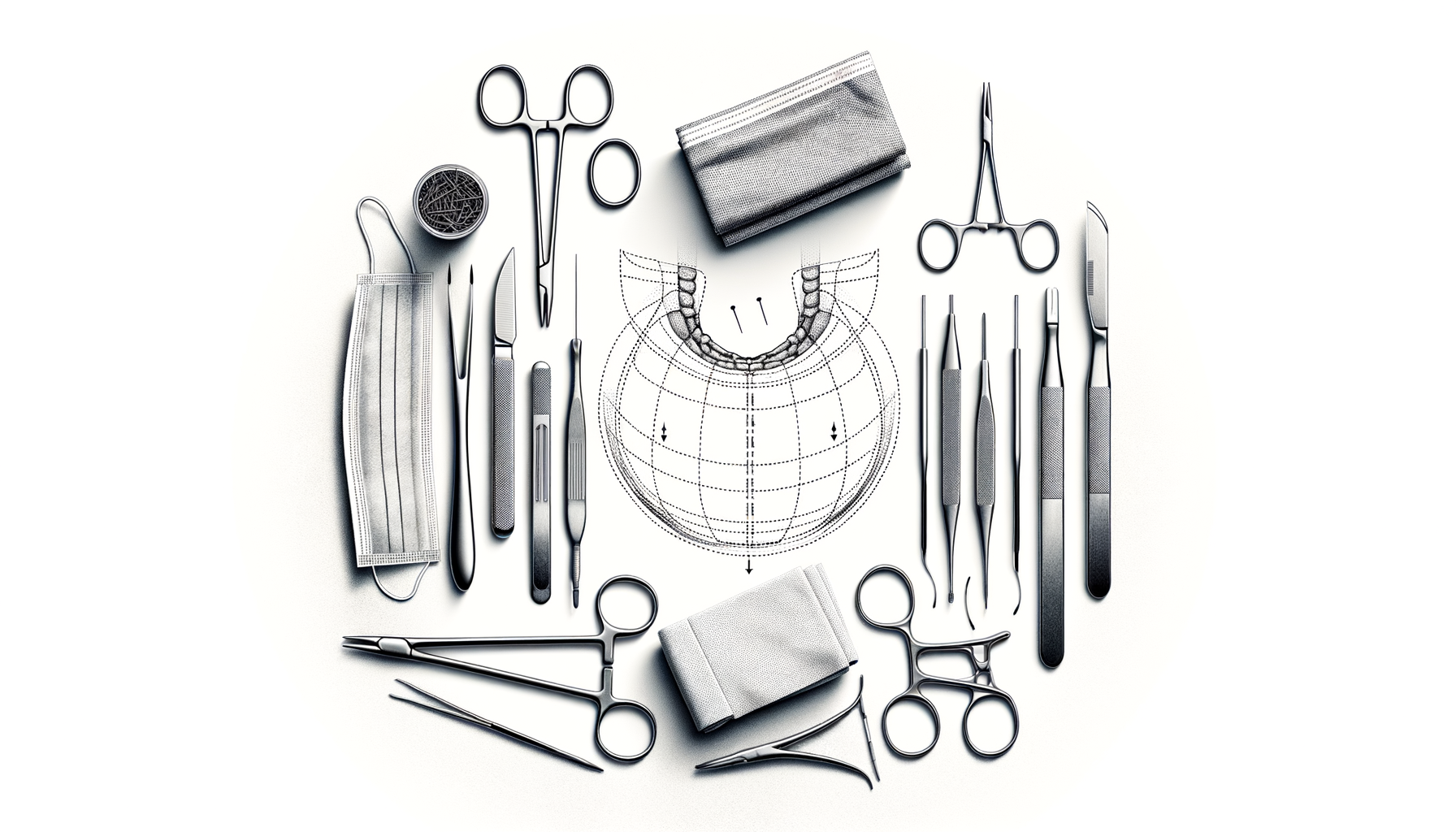The Basics of Tummy Tuck Surgery
Tummy tuck surgery, medically known as abdominoplasty, is a procedure designed to remove excess skin and fat from the abdominal area while tightening the muscles of the abdominal wall. This surgery is particularly popular among individuals who have experienced significant weight loss or women who have had multiple pregnancies. The primary goal is to create a smoother and firmer abdominal profile, which can significantly enhance one’s self-esteem and body image.
There are several types of tummy tuck procedures, each tailored to meet the specific needs of the patient. These include the full tummy tuck, mini tummy tuck, and extended tummy tuck. A full tummy tuck involves a hip-to-hip incision and is suitable for those needing extensive correction, while a mini tummy tuck is ideal for those with less excess skin and fat. An extended tummy tuck addresses the abdomen and the flanks, making it a comprehensive solution for those with more extensive needs.
It’s important to note that a tummy tuck is not a substitute for weight loss or an appropriate exercise program. While the results can be long-lasting, maintaining a stable weight is crucial to preserving the new contours. Candidates for this surgery should be in good health, non-smokers, and have realistic expectations about the outcome.
Understanding the Procedure and Recovery
Undergoing a tummy tuck is a significant decision that involves understanding the surgical process and the recovery journey. The procedure typically lasts between two to five hours and is performed under general anesthesia. During the surgery, the surgeon will make a horizontal incision between the pubic hairline and the navel. The length and shape of the incision depend on the amount of excess skin to be removed.
After the incision is made, the weakened abdominal muscles are repaired, and the excess skin is trimmed away. In some cases, liposuction may be used to further enhance the contouring effect. Once the desired shape is achieved, the remaining skin is repositioned, and the incision is closed with sutures.
Recovery from a tummy tuck requires patience and adherence to post-operative care instructions. Most patients can expect a recovery period of about six weeks, during which physical activity is limited. Wearing a compression garment helps reduce swelling and supports the abdomen as it heals. It’s common to experience some discomfort, bruising, and swelling, but these symptoms typically subside within a few weeks.
Regular follow-up appointments with the surgeon are essential to monitor the healing process and address any concerns. Following the surgeon’s advice on wound care, activity restrictions, and medication is crucial for a successful recovery.
Benefits and Considerations of Tummy Tuck Surgery
The benefits of a tummy tuck extend beyond the physical transformation. Many patients report a significant boost in self-confidence and quality of life following the procedure. The removal of excess skin and fat can make clothing fit better and allow individuals to participate in activities they previously avoided due to discomfort or embarrassment.
However, like any surgical procedure, a tummy tuck comes with considerations and potential risks. It’s important to discuss these with a qualified surgeon to ensure that the benefits outweigh the risks for your specific situation. Potential complications can include infection, bleeding, and scarring. Choosing a board-certified plastic surgeon with extensive experience in abdominoplasty can minimize these risks.
Additionally, patients should consider the financial investment of a tummy tuck, as it is often not covered by insurance. Understanding the costs involved and planning accordingly can help alleviate financial stress.
Ultimately, the decision to undergo a tummy tuck is personal and should be made after careful consideration of the physical and emotional benefits, as well as the potential risks and costs. Consulting with a trusted medical professional can provide valuable insight and guidance in making an informed decision.








